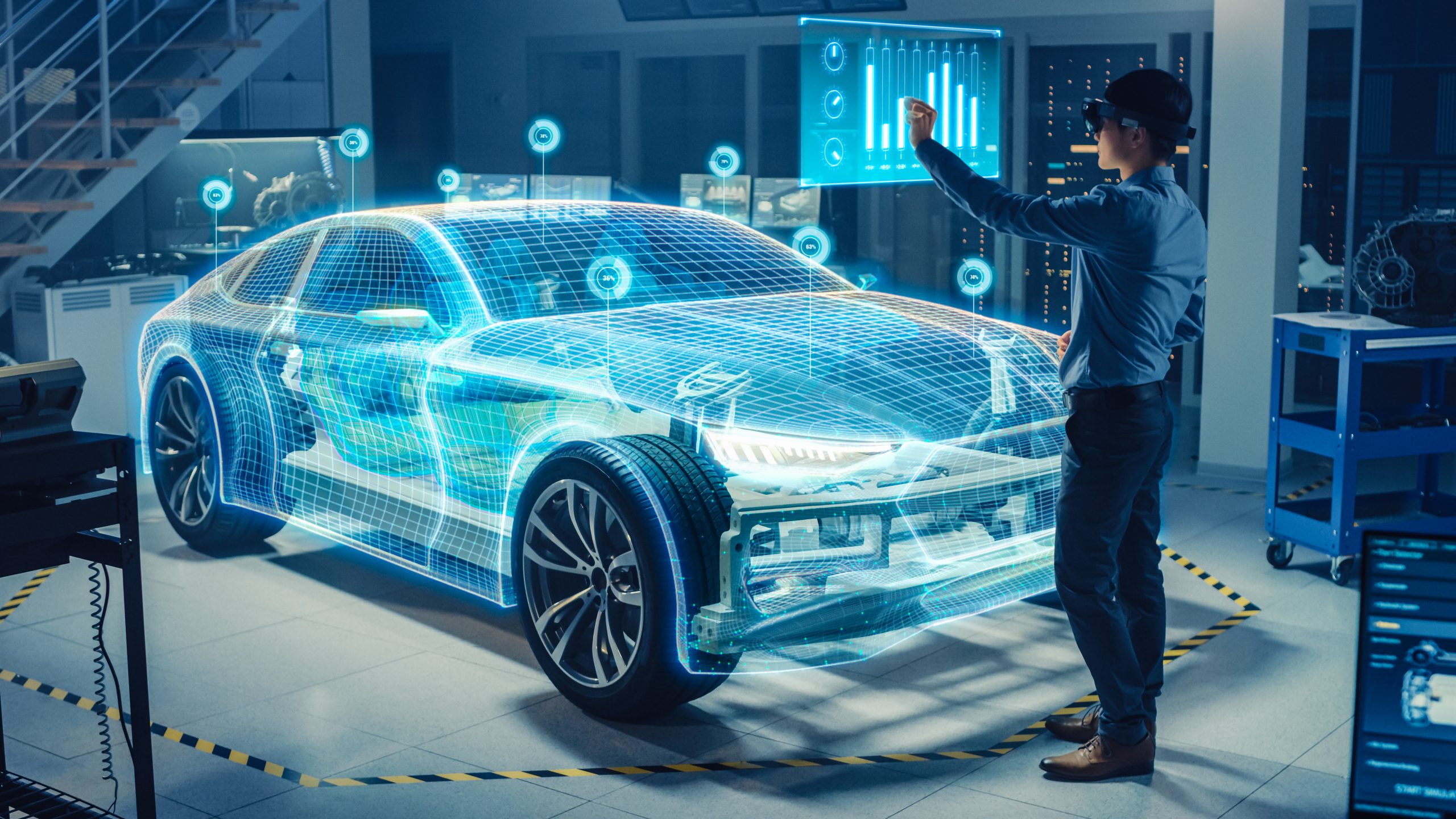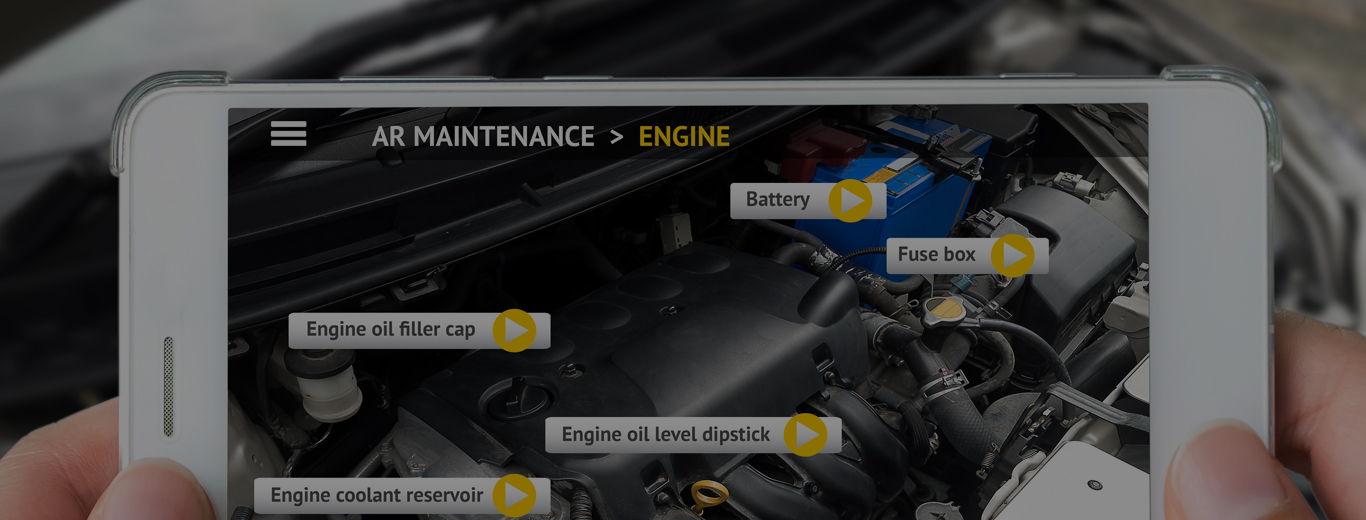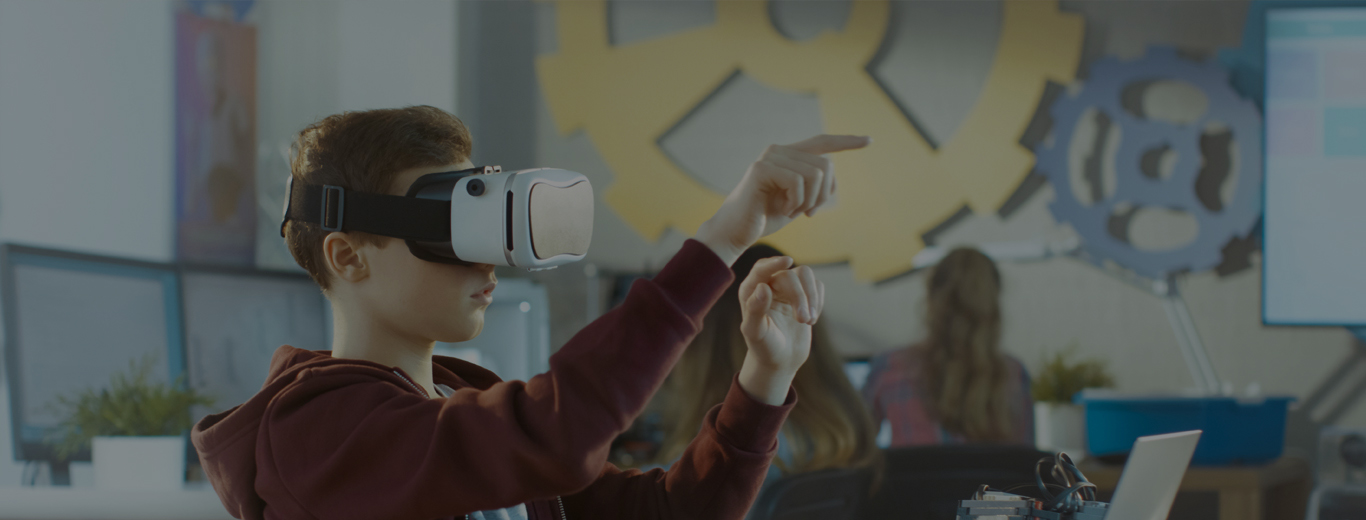Overview
Dorado is a global company providing Innovative Digital Solutions through Immersive Technologies such as Augmented Reality (AR), Virtual Reality (VR), Mixed Reality (MR), and Extended Reality (XR); integrated with adaptive learning.
We create computer-based or online education that modifies the presentation of material in response to student performance. Best-of-breed systems capture fine-grained data and use learning analytics to enable human tailoring of responses. Innovative, integrated, and impactful learning solutions are the key to success in today’s era.
We are committed to transforming how the learning content is delivered and consumed globally in academic institutions and enterprises by adaptive learning and fulfilling human curiosity about exploring beyond reality.
We offer, engaging immersive experience that could present real opportunities for Learning and Development. Our company’s vision is to become a sizeable change for education & training, which involves the upliftment of students, upskilling of the workforce, creating a safer work environment, and personalized experiential engagement for internal and external stakeholders’ immersive technologies.
We provide visual storyboards and end-to-end development of Three-Dimensional (3D) Technology, Augmented Reality (AR), Virtual Reality (VR), Mixed Reality (MR), and Extended Reality (XR) based interactive modules for K-12, higher education, vocational-technical training, corporate behavioral training, and Productivity Improvements.
Immersive Technologies

Three-Dimensional (3D) Technology
Utilizes 3D visual appearances to create real-life or different virtual experiences. Such experiences range from the overlap of technology to completely immersive reality devices. High fidelity 3D assets & interactive simulations.

Augmented Reality (AR)
Augmented Reality (AR) is a live, direct, or indirect view of a physical, real-world environment whose elements are augmented (or supplemented) by computer-generated sensory input such as sound, video, graphics, or GPS data (Pokémon Go). Augmented Reality (AR) can enhance information, learning, and collaboration.

Virtual Reality
Virtual Reality (VR) is an immersive experience also called a computer-simulated reality. It refers to computer technologies using reality headsets to generate realistic sounds, images, and other sensations that replicate a natural environment or create an imaginary world. VR is a way to immerse users in an entirely virtual world. An actual VR environment will engage all five senses (taste, sight, smell, touch, sound), creating high-end interactive, immersive, realistic simulations in a virtual world.

Mixed Reality (MR)
Mixed Reality (MR), sometimes referred to as hybrid reality, merges real and virtual worlds to produce new environments and visualizations where physical and digital objects co-exist and interact in real-time. MR’s key characteristic is that the synthetic content and the real-world content can react to each other in real-time.

Extended Reality (XR)
Extended Reality (XR) is a newly added term to the dictionary of technical words. XR is an umbrella, which brings all three Realities (AR, VR, MR) together under one term. Extended reality provides a wide variety and vast number of levels in the Virtuality of partially sensor inputs to Immersive Virtuality.

360 VR Videos
Experience a place or product in the 360 virtual worlds; a headset is not required–all that is need is a mobile device or desktop computer. Instead of putting on a headset, the learner can explore the video in all directions with a few simple gestures. On a desktop, a simple click and drag with a mouse click. On a mobile device, drag a finger across the screen or move it around in different directions. (While the 360-degree video does not require a viewing accessory, you can watch with an accessory like Google cardboard.) The screen is monoscopic because there is only one set of images displayed.
Immersive Solutions for Learning & Development
Academics (K12, Higher Ed)
Experiencing the concepts of school and universities utilizing Virtual reality for topics like Fiber to fabric, Egyptian Pyramids, Science experiments, archaeological digs, or works of art.
Technical & Vocational Training
Provide practical, experiential training. Seeing is believing – Doing is Learning.
Behavioral Training
Science for Learned behavior.
Experience how to perform in
different situations through
Immersive technologies.
Occupational Health & Safety
Learn how to prevent and
mitigate environmental safety risks. Prevent a real-life disaster
with the help of a virtual environment.
Working Together

Benefits of Immersive Learning

Faster Learning

Learning through experience – Experiential Learning

Greater Retention

Safety & Risk Mitigation

Makes Impossible Accessible

Real Time Assessment

Cost Efficiency

Optimized Logistics
Industry Sectors
Dorado Learning provides Immersive solutions across a variety of academics and industries. Our digital solutions are structured and designed for increasing the experiential learning, retention of knowledge, productivity of users while simultaneously focusing on lowering the cost of the training and relevant industry processes through immersive and experiential solutions in a controlled environment.
Industry sectors we serve in the segment of Virtual, Augmented, and Mixed Reality are K12 school and higher education, oil and gas, power, consumer and retail, automotive, medical, and manufacturing.








